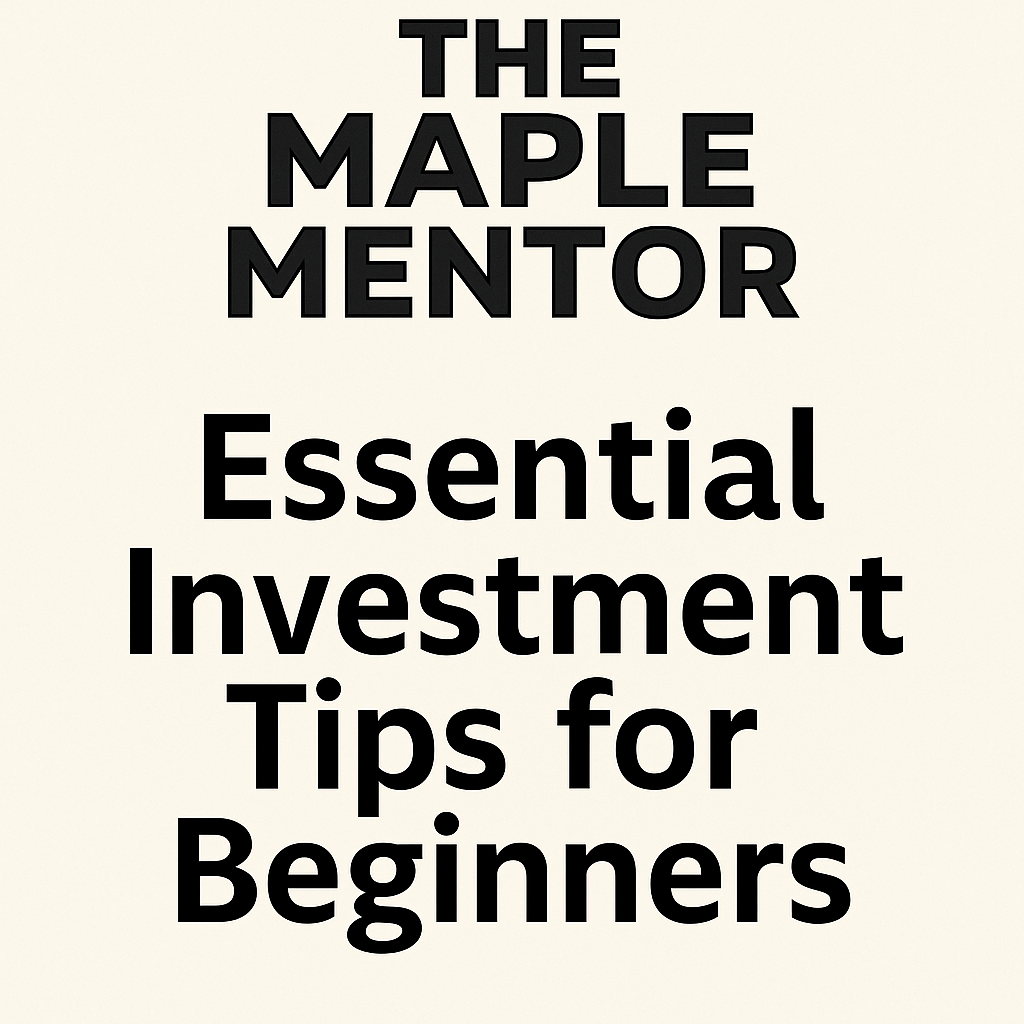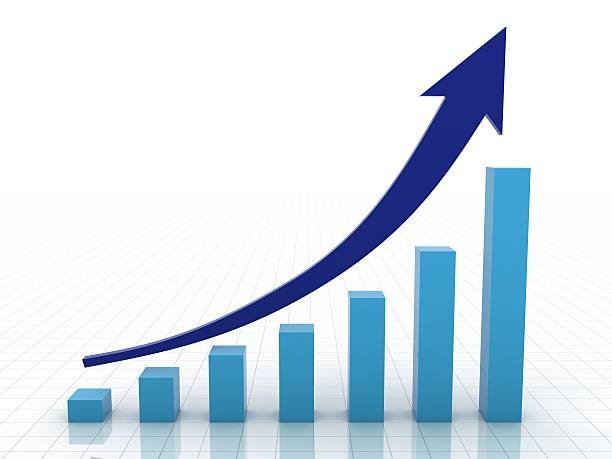
Best ETFs for Canadian Investors in 2025
“Updated October 2025 – Added new data and recommendations.”
Disclosure: This post may contain affiliate links. We may earn a commission if you sign up through our links, at no extra cost to you.
Introduction
ETFs have quietly become the smartest way for Canadians to invest, even Warren Buffett recommends them.
An ETF (Exchange-Traded Fund) lets you buy a whole basket of stocks in one trade, offering instant diversification and low fees. Instead of guessing which company will win, you own hundreds at once and pay a fraction of what mutual funds charge.
For beginners and long-term investors alike, ETFs are a game changer. They work perfectly in TFSAs and RRSPs, provide exposure to global markets, and require almost no effort to manage.
In this guide, we’ll compare the best ETFs for Canadian investors in 2025, looking at fees, performance, dividend yield, and which type of investor each fund suits best.
For small starting amounts, check out How to Invest in Stocks in Canada with Little Money.
Comparison Table: Best ETFs in Canada 2025

VFV — Vanguard S&P 500 ETF
Why It Stands Out
VFV gives you instant exposure to the top 500 U.S. companies including Apple, Microsoft, and Amazon, all in one simple ETF.
Perfect for TFSA investors who want long-term U.S. growth.
Pros
- Low cost (MER 0.09%)
- Excellent long-term performance
- Diversified across major U.S. sectors
- Easy to buy on Wealthsimple or Questrade
Cons
- USD exposure adds FX risk
Invest in VFV through Wealthsimple
Personal Note
“I personally hold VFV in my TFSA. It’s simple, diversified, and has performed well over time.”

XIC — iShares S&P/TSX Capped Composite ETF
Why It Stands Out
XIC tracks over 200 of Canada’s largest companies, giving you exposure to banks, energy, and telecom, the backbone of the Canadian market.
Pros
- Low MER (0.06%)
- Great for dividend investors
- No currency conversion needed
Cons
- Heavy in financials and energy
VGRO — Vanguard Growth ETF Portfolio
Why It Stands Out
VGRO is an all-in-one ETF that automatically rebalances a mix of stocks and bonds, roughly 80% equities and 20% fixed income.
Perfect for investors who want growth without managing multiple funds.
Pros
- One ETF = complete diversified portfolio
- Global exposure
- Automatic rebalancing
Cons
- Slightly higher MER (0.22%)
XEQT — iShares Equity ETF Portfolio
Why It Stands Out
XEQT is 100% equities, for those who want pure growth. It includes global diversification (U.S., Canada, Europe, and emerging markets).
Pros
- Global equity exposure
- Easy one-click investing
- No need to rebalance manually
Cons
- More volatile since it has no bonds
VCN — Vanguard FTSE Canada All Cap Index ETF
Why It Stands Out
VCN provides broad exposure to the Canadian stock market, from large to small caps. It’s a solid complement to VFV for balancing Canadian and U.S. holdings.
Pros
- Low MER (0.06%)
- Strong dividend yield (~2.9%)
- Great for dividend reinvestment plans
Cons
- Limited international diversification
How to Choose the Right ETF
When choosing an ETF, match it to your time horizon, goals, and risk tolerance:
- Short-term investors: Consider balanced ETFs like VGRO.
- Long-term growth: VFV or XEQT are excellent.
- Dividends & stability: XIC or VCN work best.
Also, compare:
- Fees (MER) — small differences add up over time.
- Diversification — look for global exposure if you want balance.
- Ease of use — all these ETFs are available on Wealthsimple Trade and Questrade.

FAQs
Q1: Can I buy ETFs in a TFSA?
Yes. Most brokers and apps allow ETF purchases within a TFSA or RRSP.
Q2: What’s the best ETF for beginners?
VGRO or XEQT, they’re simple, all-in-one portfolios that require no maintenance.
Q3: How often should I buy ETFs?
Monthly or bi-weekly contributions are ideal for dollar-cost averaging.
Q4: Are ETFs better than mutual funds?
Generally yes, they offer lower fees and better transparency.
Q5: How much do I need to start investing?
You can start with as little as $100 on platforms like Wealthsimple.
Conclusion
ETFs make investing simple, cheap, and effective. Whether you’re just getting started or optimizing your portfolio, there’s a fund for every investor type.
If you’re looking for long-term growth, VFV and XEQT are great choices. For balanced or dividend-focused portfolios, VGRO and XIC shine.
Start small, even $100 a month compounds over time.

